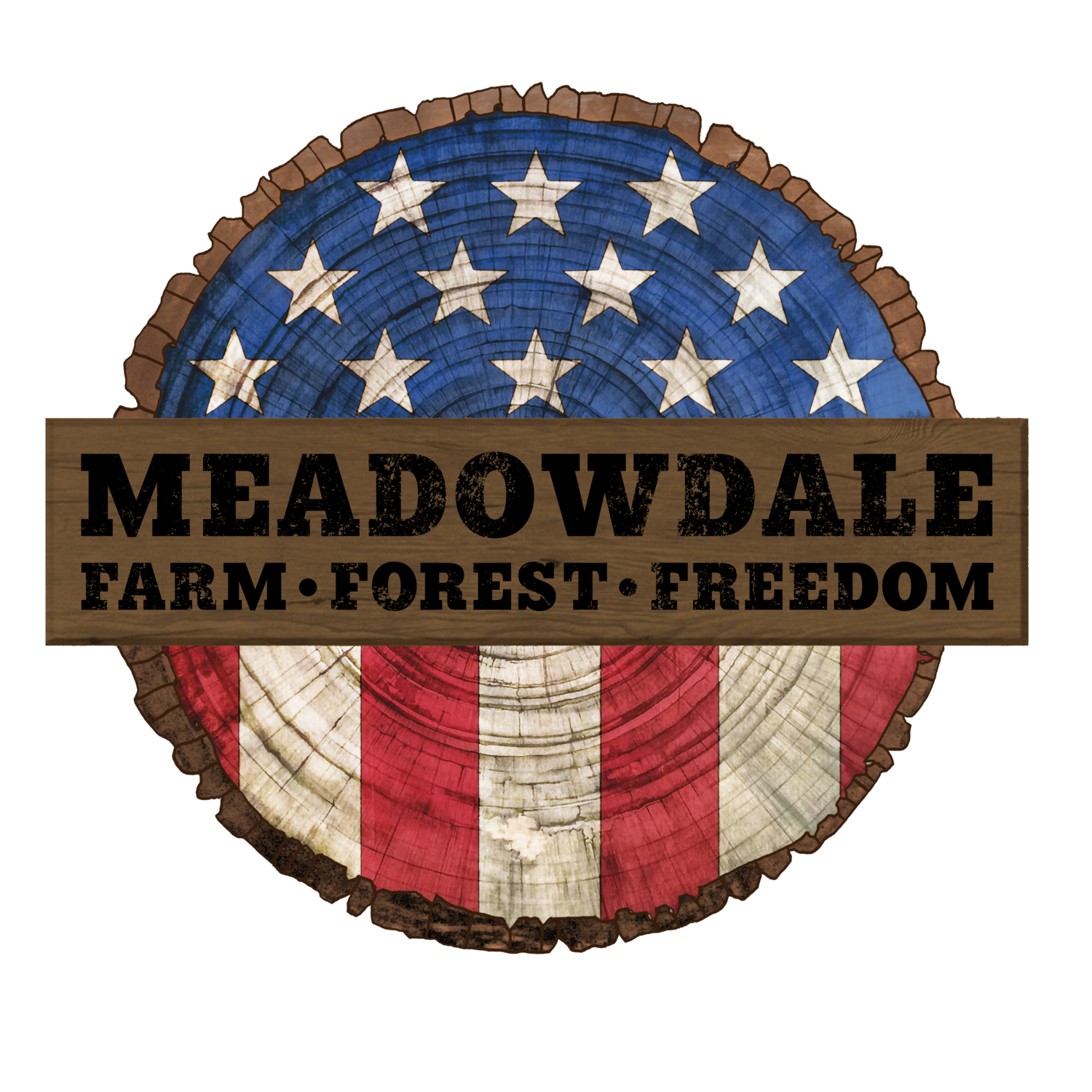It was alarming to hear the mention of banning or taxing firewood at Putney’s Town Meeting yesterday. Our politics are being hijacked by radical extremists who read myth and run with it. They won’t expose themselves to the reality of economic principles, or accept that Americans would like to preserve some freedoms of choice in our lifestyles. Southern Vermont citizens who respect our hardworking families and understand the value of our rural Working Landscape can no longer politely stay quiet.
Please speak up, run for boards, go to meetings. I beg you to not give up without a fight. I think there are more of us who are frustrated than we know.
When you’re fuming at home, feeling like this is hopeless please get in touch. They’re trying to make us feel isolated, judged, and full of shame as a tactic.
If we are to live in a resilient, accepting, compassionate community everyone needs to feel welcome. The plow truck drivers, maple sugarers, mill workers, farmers, builders, and veterans hold enough weight as humans to have an opinion too. Perhaps if we didn’t hold Town Meeting during the middle of the work week when they can’t attend would be a good start!
(One of my favorite people in the world reached out to me today, including with it, this article he wrote for the Windham Woodlands Association. Arthur is a wealth of information and an advocate of farming and forestry for Vermont. He's also just one of the most amazing men left on this planet. I'll write about that another time. For now...learn about carbon.
Capturing Carbon: A Primer For Vermont
By Arthur H. Westing, former WOA trustee
Clearly, one of the worst sins of our times has been the discharging into the environment of more carbon dioxide (CO2) than it can benignly accommodate, a level that was exceeded in about the late 1950s, and the excess has become increasingly flagrant ever since. The result of the ever greater overload of CO2 in the atmosphere has been the continuing warming of our planet through the so-called greenhouse effect, with the latter’s multifarious deleterious effects. The major sources of this pernicious waste gas are the burning of coal, oil, and other fossil fuels, the automotive use of gasoline and diesel oil, the manufacture of cement, and the destruction of tropical and some other forests for conversion to agricultural or urban and industrial uses.
The best approach to dealing with this tragic dilemma of too much CO2 is to curtail CO2- generating activities to the level of the 1950s. This could be accomplished both directly (especially through greater frugality) and indirectly (especially by curtailing human numbers, and also by substituting essentially non-CO2-generating power sources for the truly heinous coal burners). The second best approach is to capture by one means or another the excess CO2 now being ever more disturbingly generated. Since trees take up and hold large amounts of CO2 via the photosynthesis of sugar, in turn converted to wood, one valuable approach is to protect existing woodlands, and another is to foster the development of new woodlands where they had previously existed. As a forest stand matures over the many decades, it takes up CO2 ever more slowly, but through its increasing content of wood, it serves to sequester ever larger amounts for lengthy time periods. And even several hundred-year old forest stands generally continue to accumulate some carbon, barring significant damage from wildfires, hurricane windthrows, and insect and fungal depredations (those setbacks unfortunately exacerbated by the ongoing environmental warming).
Most of Vermont was forested in pre-colonial times, but perhaps 75 percent was cleared, primarily for agriculture, by the mid 19th century. However, the state has been slowly reverting back to woodland since at least early in the 20th century. Indeed, Vermont’s forest cover has now been increasing by about 13 thousand acres per year for the past quarter century or more, and the state is at present at least 80 percent wooded. This is good news for all of us because the relatively fast-growing regeneration and slow maturation of our midsuccessional woodlands over the past century have been sequestering ever larger amounts of CO2.
Finally, the question arises of sustained-yield forest utilization in Vermont’s working forests, whether for timber or firewood. As to the timber, when that is used in construction, furniture, and other long-term uses, the CO2 continues to be locked up, with the regenerating forest sequestering more CO2. However, when used as firewood, its CO2 content is thereby released to the atmosphere. But the latter is an essentially CO2-neutral activity as long as the woodlands from which the firewood was extracted are permitted to regenerate and grow; and it is a most advantageous activity to the extent that it replaces the use of fossil fuels. It should be added here that a reduced deer herd, especially in southern Vermont, is in either case very important to permit the necessary adequate forest regeneration and growth. Further management practices that would enhance CO2 uptake and retention are lengthening the period between intermediate cuts (thinnings), lengthening the rotation period (the time to primary timber harvest), minimizing soil disturbance (to slow down CO2 loss from the litter layer and A horizon), and maintaining generous riparian buffer strips along streams, around water bodies, and surrounding vernal pools (this last suggestion also being of great benefit to all sorts of wildlife).

